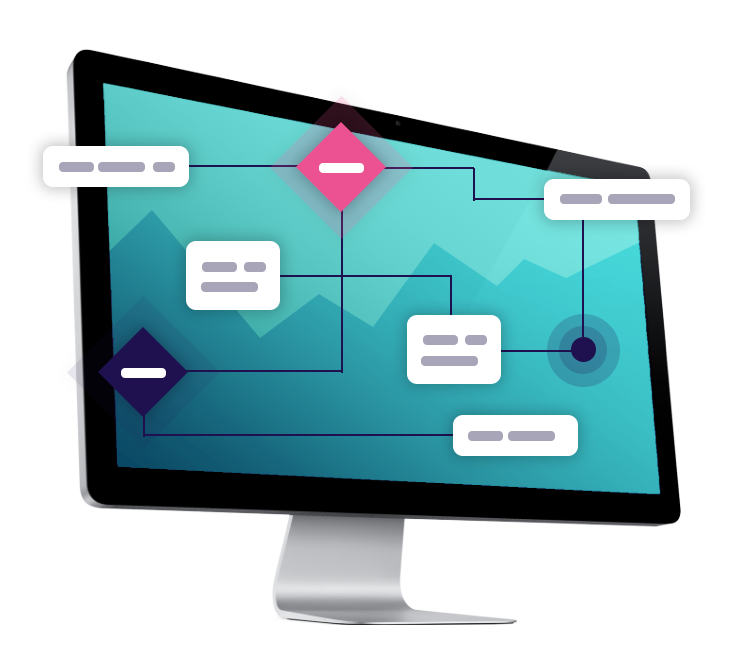Banks to Become Online Lending Disrupters
Online lending can be daunting for regional or community banks and credit unions. The risk analytics innovation, technological change and procedural updates needed to adopt online lending all come with their own sets of challenges. The result can be an intimidating process, but one that firms must take on to remain competitive in today’s lending landscape. While traditional methods of lending still remain viable for some situations, many customer expectations are starting to shift and online lending is increasingly necessary for firms hoping to disrupt the industry in positive ways.
“There is a path forward for firms hoping to embrace online lending.”
The challenge of online lending is ultimately a matter of competition. Larger banks and credit unions typically have the funds and human resources available to invest in their own lending solutions, allowing them to implement robust, highly customized technologies that can create stronger customer experiences.
Fintech startups, on the other hand, don’t face as much regulation and focus heavily on highly specific customer types, letting them use their technology to gain a firm hold on the markets they serve. Regional and community banks and credit unions don’t have either advantage. However, there is a path forward for firms hoping to embrace online lending. Here are two options that make innovation possible:
1. Partnering with fintech businesses
Small to mid-sized banks and credit unions may not have the resources to build their own online lending platforms, but they may be able to negotiate a partnership with a fintech organization. This could allow the firm to offer certain loan products through that lender, expanding the lending portfolio on hand, allowing for online loans for certain existing products or accomplishing both.
A strategic partnership can eliminate the technical overhead that comes with an online lending project and allow a firm to focus on the process changes that would come in leading customers to the alternative products and managing the relationship with the fintech partner.
2. Adopting modular risk analytics software
Risk analytics systems are the bedrock of many online and alternative lending processes that have been disrupting the industry. These platforms bring in data from diverse sources to inform decision-making and allow for process automation. The technology can be used for everything from ID verification to credit scoring.
In many ways, analytics platforms are a big part of why larger lenders that can afford robust technology have an edge. However, modular risk analytics solutions make the core technology accessible to smaller lenders. By breaking platforms out into specific components that support various processes, modular risk analytics platforms let you pick and choose the systems that meet your specific needs.
Gaining an online lending edge
GDS Link is among the leaders in helping small to mid-sized banks and credit unions adapt to the growing online lending world. Between our modular analytics platform, relationships across the industry and dedicated consulting services, we offer a variety of avenues to help you identify how to move forward in the best way possible.
Reach out if you’d like to learn more, we’d be thrilled to talk with you.
Related Banking Articles:
- Bank vs. Non-Bank Lending: Threats Facing These Institutions
- 5 Ways to Leverage Banking Analytics for Better Decision Making
- How Bank Marketing Must Adapt to Modern Lending Consumers
- The Benefits and Risks of Mobile Banking
- 10 Key Benefits of Digital Banking for Users
- How Banks & Credit Unions Need to Treat Fraud Management in 2022
- Digital banking: Opportunities and Challenges
- The (real) opportunities for the banking industry post-COVID-19
- How Bank Marketing Must Adapt to Modern Lending Consumers
- Reach a Wider Customer Base with Bank Transaction Data
- Traditional Banks and the Arrival of Digital Banking









